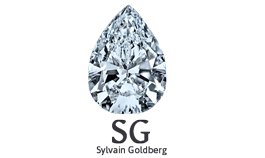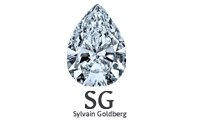In just one generation, China has gone from being a manufacturer for the West to a more prestigious new luxury Eldorado.
The numbers are staggering. In 2000, Chinese customers accounted for only 1 percent of luxury purchases worldwide. By 2010, this figure had risen to 18 percent. Now, all specialists agree that a luxury product buyer on the planet is Chinese. This rapid movement accelerated in 2020 with the end of the one and only confinement in April, which saw the explosion of “binge shopping” and those lines of buyers rushing to the stores of venerable European luxury brands, Vuitton, Gucci and Hermes in the lead.
This phenomenon is all the more remarkable because it involves consumers of all ages. According to Bain & Company, Mainland China was the only region to experience significant growth in luxury spending last year through local consumption that flourished across all sales channels, product categories, price segments and generations of buyers. This all-consuming appetite for luxury explains why Bernard Arnault for a few hours this week became the richest man on the planet.
To put it another way, the Chinese are expected to spend 165 billion euros in 2025 on luxury goods. This amount peaked at one billion in 1995. To take advantage of this providential windfall, luxury brands have only one solution: go and seduce the Chinese customer where he is while waiting for the recovery of tourist travel. The giants of the sector have all gone into action. All the big houses are now starting their world tour in China. The jewelry industry is not left out: the giant Tiffany & Co. bought by LVMH in 2020 presented its Blue Book (i.e. its annual collection of fine jewelry) not in New York but in Shanghai.
The diamond industry has also grasped the importance of the issue. To galvanize the enthusiasm of young Chinese consumers for diamonds by exalting their symbolic value and emphasizing their rarity, the seven major mining companies united in the Natural Diamond Council have initiated a major partnership with Chow Tai Fook, the largest jewelry group in China: a giant, founded in 1929, whose turnover has no reason to envy that of Cartier or Tiffany. Its influence is massive, its sales network is very vast: 4.452 boutiques in Mainland China. The group will support the promotional and educational campaigns set up by the Natural Diamond Council. These campaigns will have Li BingBing as ambassador. A strategic choice led by David Kellie, who has placed close collaboration with retailers at the top of his priorities this year.







